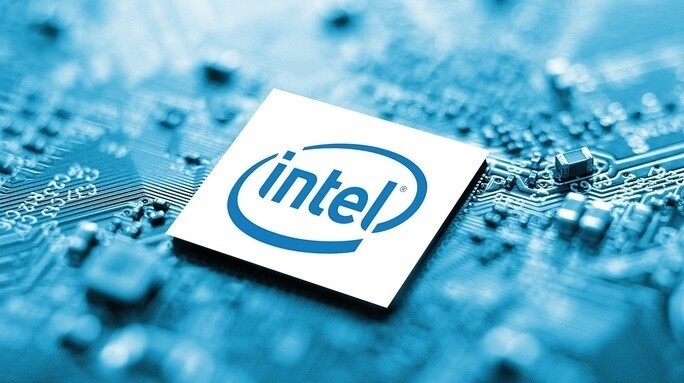In the rapid evolution of the semiconductor industry, Intel is once again at the forefront of technological innovation. Recently, the tech giant exclusively unveiled the mystery of its 1.8nm chip manufacturing technology, which has sparked widespread attention and discussion in the industry. This breakthrough not only marks a further extension of Moore's Law, but also heralds a leap forward in computing power in the future.
R&D history
The research and development of Intel's 1.8nm chip is a marathon that lasts for several years. The project began in 2017 when Intel's team of engineers first came up with the concept of the 1.8nm process. Subsequently, the team began a long R&D journey, including material selection, transistor design, lithography optimization, etc. Along the way, the team faced numerous challenges, including the physical limits of the material, the improvement of lithography accuracy, and the control of production costs.

Figure: Demystifying Intel's 1.8nm chip manufacturing technology
Technical details and parameters
The core of the 1.8nm process lies in its transistor design. Intel has adopted a new FinFET (Fin Field-Effect Transistor) transistor structure, which achieves higher transistor density and lower power consumption by optimizing the three-dimensional layout of the transistors. In addition, the 1.8nm process uses advanced EUV lithography technology with a light source wavelength of 13.5 nanometers, which is paired with a high numerical aperture (High-NA) EUV lithography machine to achieve unprecedented resolution.
Technical difficulties and challenges
The implementation of the 1.8nm process is extremely technically difficult. During the manufacturing process, Intel needs to precisely control the size and spacing of transistors, and any slight deviation can lead to a decrease in chip performance. In addition, the application of EUV lithography brings new challenges, including the stability of the light source, the sensitivity of the photoresist, and the accuracy of pattern transfer.
Analysis of the opponent's situation
In the field of semiconductor manufacturing, Intel's main competitors include TSMC and Samsung. TSMC is currently focusing on the R&D of 5nm and 3nm processes, while Samsung has made some progress on the 3nm process and plans to further advance to the 2nm process. Although Intel is leading on the 1.8nm process, competitors are catching up and not to be underestimated.
The story behind the R&D
In the research and development process of Intel's 1.8nm chip, there are many stories behind it, but one incident in 2019 has had a profound impact on the entire semiconductor industry. It is understood that at that time, Intel received the world's first 0.55NA EUV lithography machine parts, and this event marked the possibility of Intel catching up with TSMC in the chip process.
The introduction of the 0.55NA EUV lithography machine brings Intel unprecedented lithography accuracy and resolution, enabling the company to manufacture more complex circuit patterns in a smaller size. This technological advancement has laid a solid foundation for Intel's subsequent development of chips at 1.8nm and even more advanced process nodes.
In addition, Intel also announced a partnership with ARM to support foundry services for SoCs (system-on-a-chips) based on the ARM architecture. The announcement of this cooperation not only demonstrates Intel's openness and flexibility in the field of chip foundry, but also indicates the company's new role and status in the semiconductor industry chain.
Although the details of this story are not widely known, it represents an important step forward in Intel's technological innovation and industrial cooperation. By introducing advanced lithography technologies and expanding partnerships, Intel is laying a solid foundation for its future growth in the semiconductor industry.
Intel's 1.8nm chip technology is not only a demonstration of its technical strength, but also an important promotion for the entire semiconductor industry. With the continuous maturity and application of technology, we have reason to expect that it will bring more innovation and convenience to human society. At the same time, the success of this technology is also inseparable from the hard work and unremitting pursuit of the R&D team, and their stories deserve to be known by more people.
In the view of China Exportemi Network, Intel's 1.8nm chip technology is a major breakthrough in the semiconductor industry, which not only improves the performance and energy efficiency of chips, but also points out the direction for future technology development. However, the success of this technology did not happen overnight, and was the result of the hard work and innovation of countless engineers and scientists. In an in-depth analysis of the technical details and parameters, we were able to get a glimpse of the complexity and challenges behind this technology. At the same time, we should also see that although Intel has taken the lead on the 1.8nm process, the catch-up of competitors cannot be ignored either. Competition and cooperation in the semiconductor industry will continue to promote technological progress and bring more innovation and convenience to human society.






